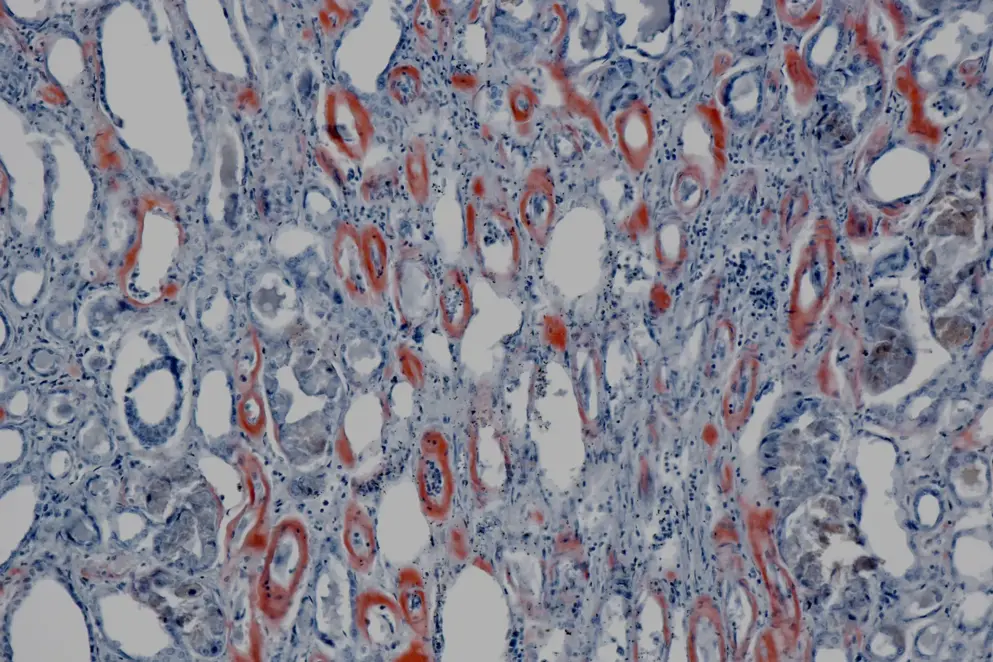
Improving outcomes in AL amyloidosis
Transcript: Clinical features of AL amyloidosis
Professor Stefano Perlini
All transcripts are created from interview footage and directly reflect the content of the interview at the time. The content is that of the speaker and is not adjusted by Medthority.
Basically to sum up the diagnosis, at first, you need an imaging technique telling you the organ is involved. And the second, you need a biochemical assessment of the severity of disease, that can be very important in prognosis. And there's a third, fundamental point. You need histological type of disease because you need to be sure that this AL and many of the treatments that are now available will rely on the different type of the specific form of AL. The clinical diagnosis of AL amyloidosis can be felt as difficult. In the real life, the suspicion is very important. Once you suspect a systemic disease and the possibility of AL amyloidosis, you should prompt your diagnostic test in a way that can be the following.
On the one hand, you need imaging technique, especially for the cardiac involvement, the combination of ECG ultrasound evaluation and or magnetic resonance is very important because in this view, you can literally image the presence of cardiac involvement. You cannot time them, but you can have an idea. On the other hand, you need biochemical tests because biochemical tests will help you in trying to assess by way of the increase in BNP, NT-proBNP and troponin I, what is the extent and the severity of cardiac involvement. Not only these, these biomarkers are also prognostically valuable because it'll tell you what is the prognosis of the patient. If the patient has got renal involvement, that might be either with or without cardiac involvement, the presence of a nephrotic syndrome will be clear on the basis of severe proteinuria and severe peripheral edoema that can get to the anasarca situation. Once you image the patient, once you have the biochemical assessment or the severity of the disease, this is not enough. You should look for the type of the disease. You need the biopsy, either of the abdominal fat or of the organ involved, or of the bone marrow. By this way, you can assess not only the presence of amyloid deposit, but also the quality and type of them. This can be done either by immuno fix, by analysis, by monoclonal antibodies, or can done by electronic microscopy, or can done by proteomics should you need that for a proper diagnosis. So just to wrap up, you need to image the organs that are involved. You need a biochemical assessment of the severity of the disease, and you need the biopsy in order to try to tell exactly which kind of AL amyloidosis you are facing. With this in hand, you can start the proper treatment right away.
Updates in your area
of interest
of interest
Articles your peers
are looking at
are looking at
Bookmarks
saved
saved
Days to your
next event
next event

